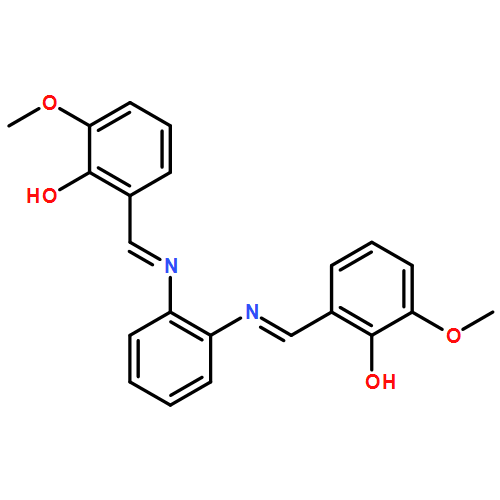BASIC PARAMETERS Find an error
Four new charge-neutral ruthenium(II) complexes containing dianionic Schiff base and isoquinoline or 4-picoline ligands were synthesized and characterized by NMR and ESI-MS spectroscopies, elemental analysis, and X-ray diffraction. The complexes exhibited excellent chemical water oxidation activity and high stability under acidic conditions (pH 1.0) using (NH4)2Ce(NO3)6 as a sacrificial electron acceptor. The high catalytic activities of these complexes for water oxidation were sustained for more than 10 h at low concentrations. High turnover numbers of up to 3200 were achieved. A water nucleophilic attack mechanism was proposed. A RuV![[DOUBLE BOND]](http://onlinelibrarystatic.wiley.com/undisplayable_characters/00f8fe.gif) O intermediate was detected during the catalytic cycle by high-resolution mass spectrometry.
O intermediate was detected during the catalytic cycle by high-resolution mass spectrometry.


